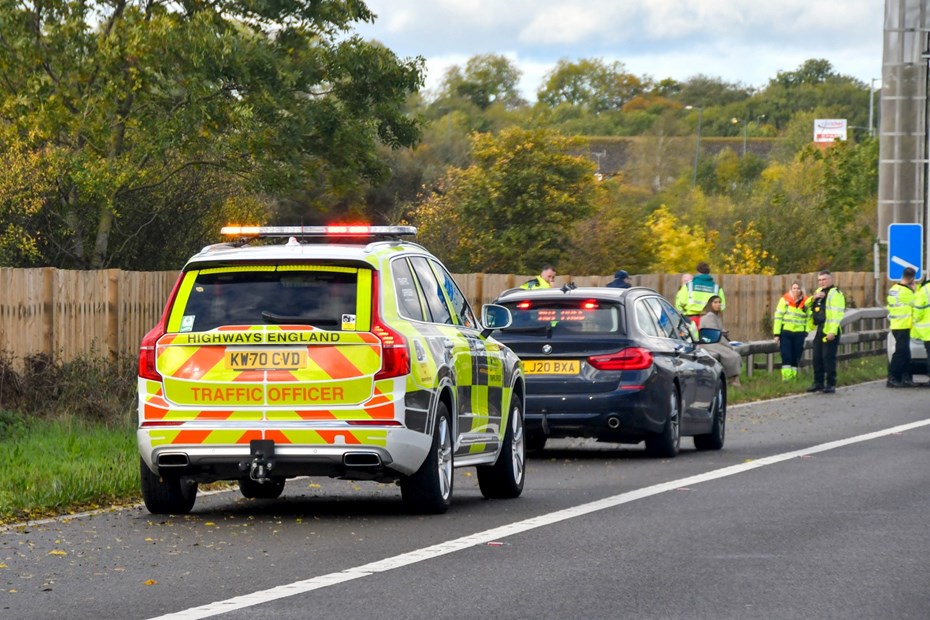Learning to drive in the UK, we’re not really taught how to react when we see the flashing lights of emergency vehicles approaching. We know we need to get out of the way, but it’s often not clear how to do so safely. We’ve all seen drivers unsure of what to do and become more of a hindrance than a help, causing a potentially critical delay.
The Highway Code provides chapter and verse on what to do, but it’s not necessarily clear how to apply that guidance in the real world. In this guide, we’re going to look at exactly what the Highway Code says and consider a few scenarios to better understand the best course of action when you need to get out of an emergency vehicle’s way.
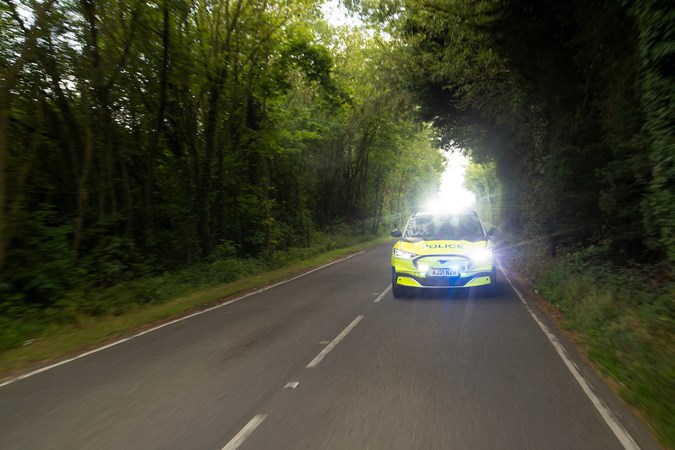
What does the Highway Code say about getting out of an emergency vehicle’s way?
Here, in full, is what the Highway Code says you should do when you see – or hear – an emergency service vehicle with flashing lights approaching: ‘You should look and listen for ambulances, fire engines, police, doctors or other emergency vehicles using flashing blue, red, or green lights and sirens or flashing headlights, or traffic officers and incident support vehicles using flashing amber lights.
‘When one approaches do not panic. Consider the route of such a vehicle and take appropriate action to let it pass, while complying with all traffic signs. If necessary, pull to the side of the road and stop, but try to avoid stopping before the brow of a hill, a bend or narrow section road. Do not endanger yourself, other road users or pedestrians and avoid mounting the kerb. Do not brake harshly on approach to a junction or roundabout, as a following vehicle may not have the same view as you.’
That’s all very clear but, as is often the case with the Highway Code, there’s a lot of room for interpretation. Often the appropriate action is a matter of common sense, sometimes you have to get a bit more creative. Let’s now look at some real-world scenarios the Parkers team have first-hand experience of to consider how to react to an emergency vehicle – and how not to do it.
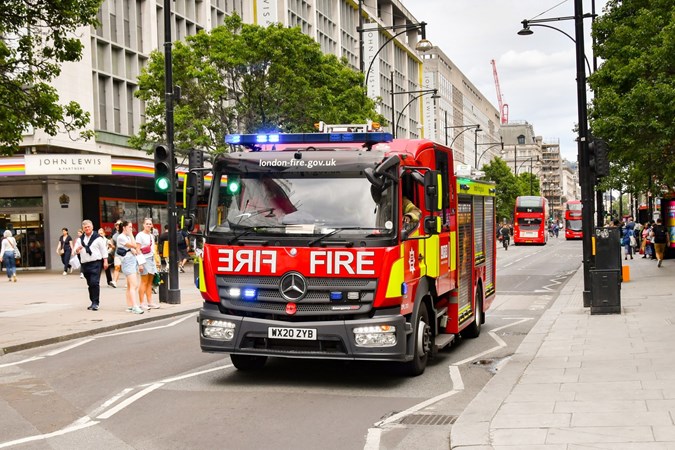
Creating a chicane
Here’s a situation one of our writers has seen many times when emergency vehicles are going along a heavily trafficked road. The drivers travelling the same direction as the emergency vehicle all pull over to the side in good time, but those coming towards it don’t. The driver of the lead vehicle eventually stops about 20 feet in front of a vehicle stopped on the other side.
In doing so, they’ve created quite a tight chicane that forces the emergency vehicle to slow down considerably, costing it valuable time. Had that driver stopped as soon as they saw flashing lights ahead, they would have left a big gap that the emergency vehicle could get through without slowing down much.
We’ve also seen vehicles stop too close to width restrictions and traffic/pedestrian islands, again forcing an emergency vehicle to slow down more than should have been necessary.
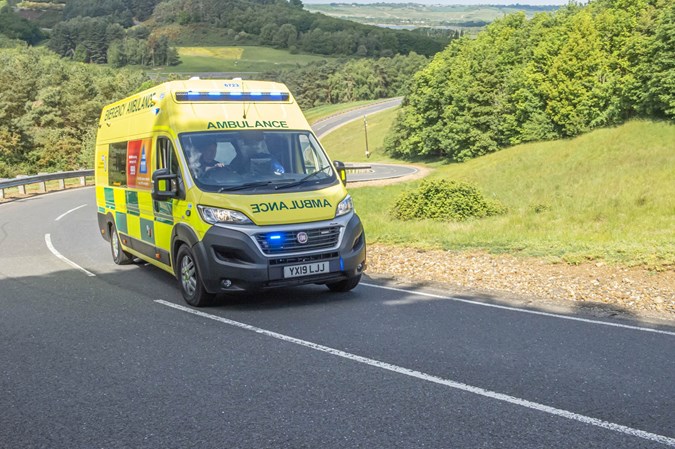
Clearing a path
It’s often the case that emergency vehicles struggle to get through multiple lanes of traffic stopped at traffic lights or a roundabout, or in a motorway queue. Blue light drivers, as they’re called, will generally take to the opposite side of the road to get around the blockage. But that’s not always possible and they need to cut through the queue.
The best thing to do is pull as far over to the side as you can to clear a path between the lanes of traffic. If you’re on the left side of the road, pull over to the left. If you’re on the right side, pull over to the right. If there’s a clear lane anywhere, stay where you are as the emergency vehicle will use that.
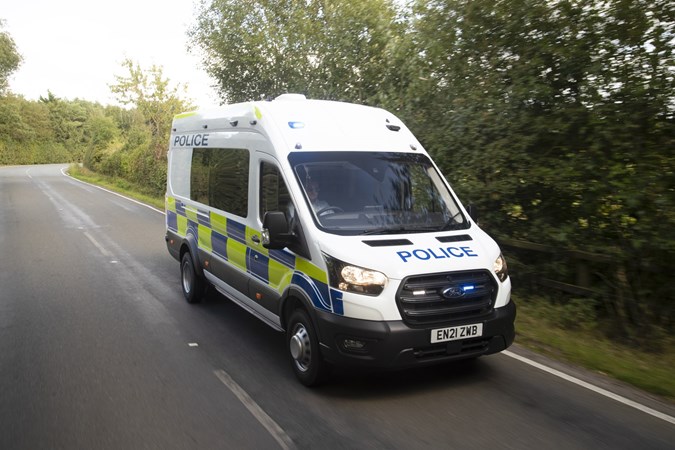
There’s nowhere to go
The Highway Code states that you shouldn’t mount a kerb or go against signs – including traffic lights – to let an emergency vehicle through. However, it’s often necessary to apply some common sense to the rules.
We’ve seen an incident where an emergency vehicle was completely blocked in at a set of traffic lights that had turned red to begin a very long cycle. There were just two cars that needed to get out of the way, but the only thing they could do was cross the stop line, against the red light, onto the junction. Which they duly did.
In doing so, the drivers may have received a penalty notice for going through a red light. However, as the camera would have captured the entire incident, they may have been able to argue their case.
While we don’t endorse breaking the rules laid down in the Highway Code, we recognise it happens on occasion. Whatever manoeuvre you make to clear the way for an emergency service vehicle, make absolutely sure it’s safe first.
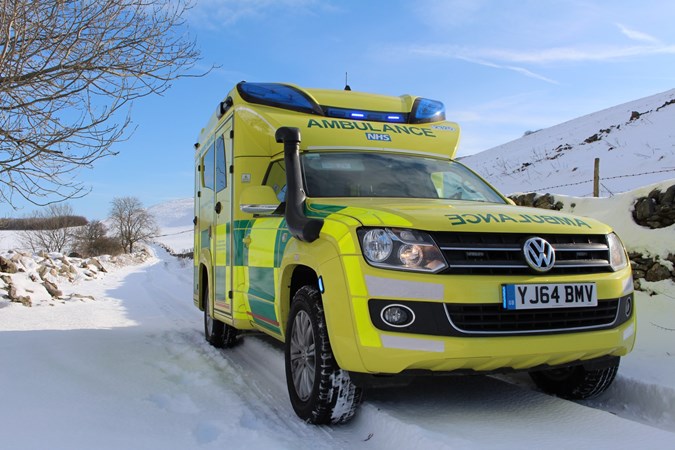
Things to remember
The most important thing is to not panic. If you regularly look in your mirrors and keep an eye out well ahead, you should see an approaching emergency vehicle long before you actually need to move out of the way. But consider your move carefully. Look down the road to see what approaching traffic is doing and what obstacles might be in the way. Also have a look at what the vehicles behind are doing.
It’s often necessary to cooperate with other drivers to clear a path. Make eye contact with them, use gestures or even open a window to speak to them – whatever you need to do to ensure the emergency vehicle can get through.
It’s not uncommon to see emergency vehicles with flashing lights, particularly ambulances, travelling below the speed limit on motorways and dual carriageways. It’s perfectly fine to overtake them but give as wide a berth as possible when doing so.
Just so you know, we may receive a commission or other compensation from the links on this website - read why you should trust us.


